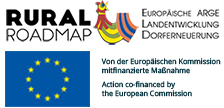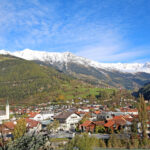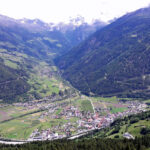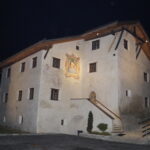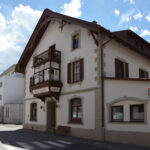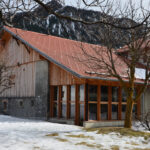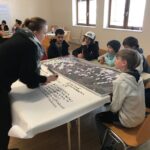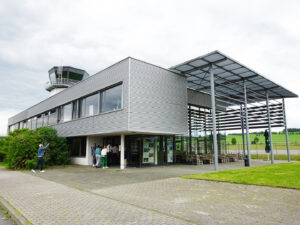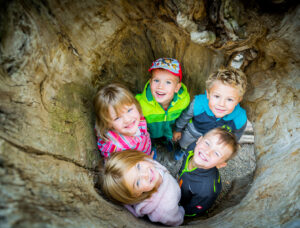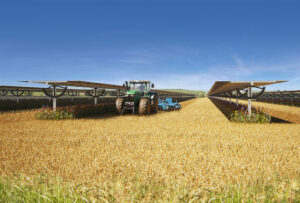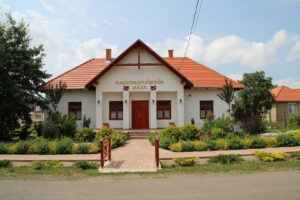
Prutz, Tyrol, Austria
The municipality Prutz is located in the South of Landeck, near the exit of the Kaunertal and below the sunny plateau Serfaus-Fiss-Ladis. It is a valley community, about 870 meters above sea level, and has become a central location in the region “Oberes G’richt”.
Prutz has 1856 residents; its population has grown by 8 percent since 2011, contrary to the general trend in rural areas. Its demographic quota of children and youth has also increased, while the 60+ population has shrunk. This appeal is linked to its role as a central location and the great employment supply.
At the beginning of the 20th century, Prutz was agriculturally characterized, as was the entire district. 80 percent of the population depended directly on agriculture, all farms were worked full-time. Due to its favorable basin location, arable and fruit farming were also possible in addition to cattle farming. As in many other regions, this profile has greatly changed over the last decades. The few remaining agricultural establishments are largely run part-time; the number of businesses and employees in agriculture has drastically decreased. To prevent further depletion, new irrigation systems were installed to tackle droughts and fruit processing was established as a new source of income. There was a slight increase in the trade and service sector. Compared to neighboring municipalities, tourism is of little importance.
The municipality has solid infrastructure for water supply and waste management and 90 percent of the area are equipped with a municipal fibre-optic cable. Because of its central location, Prutz is well connected to neighboring municipalities and has many establishments.
Prutz, like many municipalities in Tyrol, has a zoning plan from the 1970ies. This formerly progressive spatial planning tool has led to a surplus of designated land. The new spatial planning concept subsequently addresses building space and redesignation. The municipality will also become a part of the nature park Kaunergrat upon its completion.
Particularly noteworthy is the secondary school Prutz-Ried. In the 70ies, several municipalities formed a school association. Because many students had to travel great distances, a visionary experiment was undertaken. The school became a full-time school, and despite massive political opposition, it remains one until today.
Over the past years, the municipality actively enforced participation and inclusion of its residents in development processes. Central themes include the general direction and development of strategies, finding answers to future issues such as mobility, settlement and support of enterprises, affordable housing and strengthening central functions of the municipality. Recently, an LA 21 process was initiated and professional support from spatial planners and facilitators was brought in. To empower and include the youth, a specific age-appropriate process design was created.
In addition to traffic and mobility, the prevention of vacancies, activation of existing building structures and redensification are communal priorities. In cooperation with RegioL (regional management Landeck), the Economic Development Program Oberes G’richt and the Village Renewal Association, numerous projects were realized, creating housing space in a central location.
Another major measure was rerouting of traffic in the village center and the creation of a traffic-calmed area with precedence for pedestrians and a café at the village square. The former bank building was purchased by the municipality and transformed into housing space and 10 offices for startups. A music pavilion was also installed.
An interesting project aimed at revitalization and redensification is the repurposing of the unused Cooperative House. Today it houses the communal cheesery, a firm, rooms for fruit processing and a youth center designed by teenagers.
The Winklhaus, the oldest building in Prutz, built in the 14th century and left to decay, was acquired by the municipality and renovated through great personal efforts from the community. It now serves as the cultural center, being home to both the theater association and the cultural association. The latter uses it as a venue for exhibitions, musical events, readings and more. The “Winkl” thus became a twofold symbol for culture – as a protected historical building and as a melting pot for cultural creativity.
Noteworthy in the field of social quality and establishments, the inclusion of two Afghan refugee families in 2018 as well as the “Lebenshilfe” should be mentioned. “Lebenshilfe” offers a living facility for 8 occupants and a workshop for 20 people form the region. It also operates a Café and a child care facility and prepares food for children and seniors in the municipality.
Evaluated: 2020
